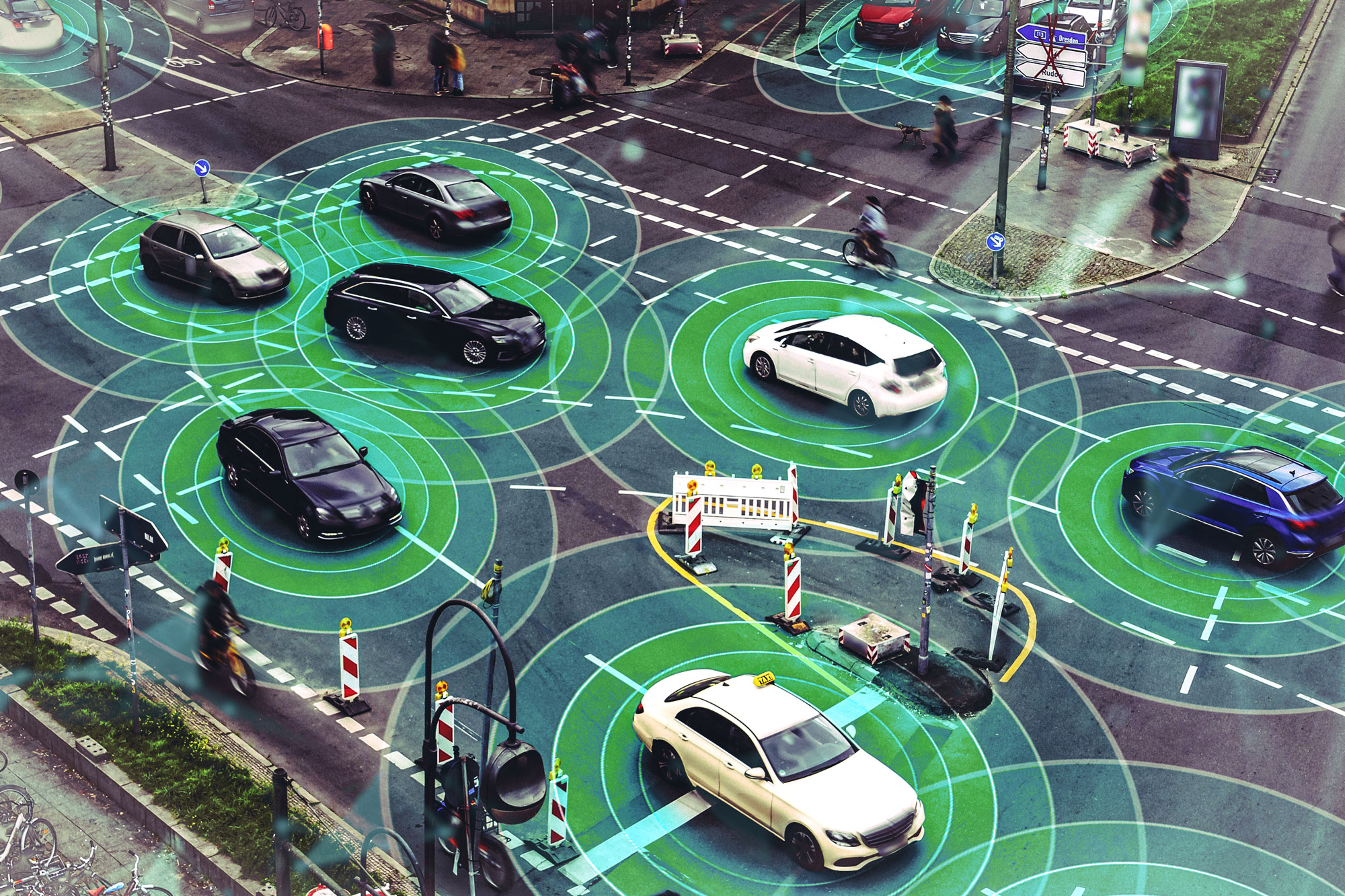Introduction to Eco-Driving
Any motorist who has ever waited through multiple cycles for a traffic light to turn green knows how annoying signalized intersections can be. But sitting at intersections isn’t just a drag on drivers’ patience — unproductive vehicle idling could contribute as much as 15 percent of the carbon dioxide emissions from U.S. land transportation. A large-scale modeling study led by MIT researchers reveals that eco-driving measures, which can involve dynamically adjusting vehicle speeds to reduce stopping and excessive acceleration, could significantly reduce those CO2 emissions.
What is Eco-Driving?
Eco-driving is a catch-all term for vehicle-based traffic control measures like the use of dynamic speeds to reduce energy consumption. In the near term, eco-driving could involve speed guidance in the form of vehicle dashboards or smartphone apps. In the longer term, eco-driving could involve intelligent speed commands that directly control the acceleration of semi-autonomous and fully autonomous vehicles through vehicle-to-infrastructure communication systems.
The Study
Using a powerful artificial intelligence method called deep reinforcement learning, the researchers conducted an in-depth impact assessment of the factors affecting vehicle emissions in three major U.S. cities. Their analysis indicates that fully adopting eco-driving measures could cut annual city-wide intersection carbon emissions by 11 to 22 percent, without slowing traffic throughput or affecting vehicle and traffic safety. Even if only 10 percent of vehicles on the road employ eco-driving, it would result in 25 to 50 percent of the total reduction in CO2 emissions, the researchers found.
Methodology
The researchers began by identifying 33 factors that influence vehicle emissions, including temperature, road grade, intersection topology, age of the vehicle, traffic demand, vehicle types, driver behavior, traffic signal timing, road geometry, etc. Then they used data from open street maps, U.S. geological surveys, and other sources to create digital replicas of more than 6,000 signalized intersections in three cities — Atlanta, San Francisco, and Los Angeles — and simulated more than a million traffic scenarios. The researchers used deep reinforcement learning to optimize each scenario for eco-driving to achieve the maximum emissions benefits.
Benefits of Eco-Driving
The researchers found that full adoption of eco-driving could result in intersection emissions reductions of between 11 and 22 percent. These benefits differ depending on the layout of a city’s streets. A denser city like San Francisco has less room to implement eco-driving between intersections, offering a possible explanation for reduced emission savings, while Atlanta could see greater benefits given its higher speed limits. Even if only 10 percent of vehicles employ eco-driving, a city could still realize 25 to 50 percent of the total emissions benefit because of car-following dynamics: Non-eco-driving vehicles would follow controlled eco-driving vehicles as they optimize speed to pass smoothly through intersections, reducing their carbon emissions as well.
Safety and Future Directions
While their analysis of widely used safety metrics known as surrogate safety measures, such as time to collision, suggest that eco-driving is as safe as human driving, it could cause unexpected behavior in human drivers. More research is needed to fully understand potential safety impacts. The results also show that eco-driving could provide even greater benefits when combined with alternative transportation decarbonization solutions. For instance, 20 percent eco-driving adoption in San Francisco would cut emission levels by 7 percent, but when combined with the projected adoption of hybrid and electric vehicles, it would cut emissions by 17 percent.
Conclusion
Eco-driving is a promising solution to reduce carbon emissions from vehicles. By dynamically adjusting vehicle speeds to reduce stopping and excessive acceleration, eco-driving measures could significantly reduce CO2 emissions. The study found that full adoption of eco-driving measures could cut annual city-wide intersection carbon emissions by 11 to 22 percent, without slowing traffic throughput or affecting vehicle and traffic safety. As the world continues to urbanize and the number of vehicles on the road increases, eco-driving could play a crucial role in reducing emissions and mitigating climate change.
FAQs
Q: What is eco-driving?
A: Eco-driving is a catch-all term for vehicle-based traffic control measures like the use of dynamic speeds to reduce energy consumption.
Q: How can eco-driving reduce emissions?
A: Eco-driving can reduce emissions by dynamically adjusting vehicle speeds to reduce stopping and excessive acceleration.
Q: What are the benefits of eco-driving?
A: The benefits of eco-driving include reducing carbon emissions, improving fuel consumption, and enhancing air quality.
Q: Is eco-driving safe?
A: The study suggests that eco-driving is as safe as human driving, but more research is needed to fully understand potential safety impacts.
Q: Can eco-driving be implemented in existing vehicles?
A: Yes, eco-driving can be implemented in existing vehicles through smartphone apps or vehicle dashboards.
Q: What is the future of eco-driving?
A: The future of eco-driving involves integrating it with alternative transportation decarbonization solutions, such as hybrid and electric vehicles, to provide even greater benefits.











